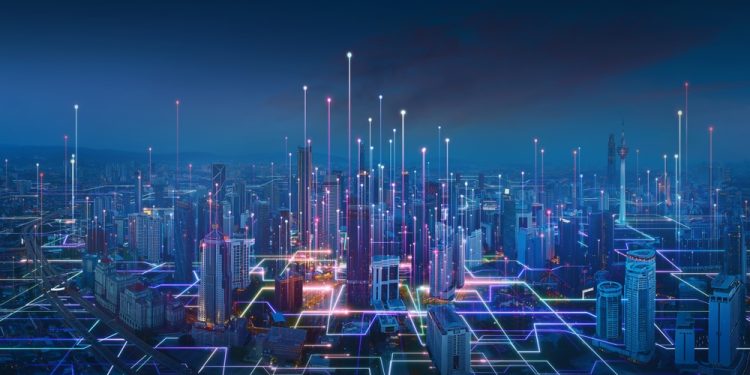In a rapidly urbanizing world, cities are increasingly tasked with accommodating burgeoning populations while ensuring sustainability and maintaining livability. One innovative solution that has emerged to meet these challenges is the concept of Smart Cities. Envisioned as the urban centers of the future, Smart Cities leverage technology, data, and intelligent design to improve the quality of urban living.
Understanding Smart Cities
The term ‘Smart City’ signifies the integration of digital technology, information, and communication systems into urban infrastructure. It’s a holistic approach to city management that incorporates technology to enhance services, reduce resource consumption, and improve the quality of life for citizens. This is achieved through a network of sensors and IoT (Internet of Things) devices that collect data, which is then used to manage assets, resources, and services efficiently.
Key Components of Smart Cities
At the heart of any Smart City are three key components: Information and Communication Technology (ICT), Internet of Things (IoT), and data analytics.
ICT provides the backbone infrastructure, connecting the various elements of a Smart City, enabling communication and data exchange. IoT devices, on the other hand, function as the sensory organs of a Smart City, capturing real-time data from various city operations. This data is then analyzed to provide actionable insights, guide policy-making, and improve service delivery.
Applications of Smart Cities
Smart City technologies can be applied to various sectors of urban living, transforming them into more efficient and sustainable systems.
- Transportation: Smart traffic management systems can reduce congestion and improve traffic flow by adjusting traffic signal timings based on real-time traffic data. Intelligent transportation systems can provide real-time updates about public transport, facilitating easier commutes.
- Environment: Smart waste management systems can optimize waste collection routes, reducing fuel consumption and carbon emissions. Sensor-based air quality monitoring can provide real-time data about pollution levels, informing public health initiatives.
- Energy: Smart grids can balance electricity supply and demand efficiently, reducing energy wastage. Intelligent street lighting can adjust brightness based on pedestrian and vehicular traffic, saving energy.
- Public Safety: Surveillance systems enhanced with AI can improve public safety by identifying suspicious activities. Disaster management can also be improved with predictive analytics and real-time data.
- Governance: E-governance platforms can streamline public services, making them more accessible to citizens. Data-driven decision-making can improve policy outcomes and urban planning.

Challenges and Considerations
While Smart Cities promise significant benefits, they also pose challenges that must be addressed.
- Privacy and Security: The extensive data collection involved in Smart City operations raises concerns about privacy and data security. It’s crucial to have stringent data protection measures in place to prevent misuse of data and safeguard privacy.
- Inequality: Without careful planning, Smart City initiatives can exacerbate socio-economic disparities. Ensuring digital inclusivity is important so that all citizens can benefit from Smart City technologies.
- Infrastructure: The transition to a Smart City requires substantial investment in infrastructure, which can be a hurdle, particularly for cities in developing countries.
Conclusion
Despite these challenges, the potential benefits of Smart Cities make them an attractive proposition for managing urbanization sustainably. With the right approach, Smart Cities can offer solutions to many of the challenges that cities face today, making them more livable, sustainable, and resilient. As technology continues to evolve and become more accessible, the vision of Smart Cities may well become the standard for urban living in the future.













